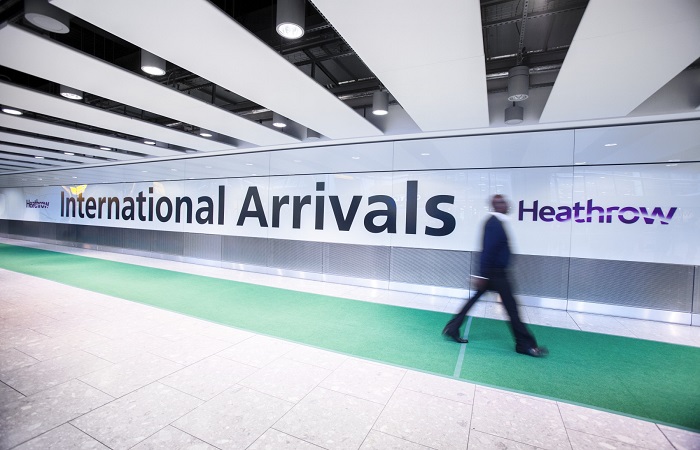
At Heathrow Airport, employee health, safety and wellbeing are a top priority, and supporting staff when returning from long-term absence is no exception.
Earlier this year, the organisation set out an operational recovery plan in response to the number of Coronavirus-related absences it has experienced since the start of the pandemic.
Katherine Compton, head of health and wellbeing transformation at Heathrow Airport, says: “For us, the longer, higher volume absences are associated with colleagues shielding or on furlough, not those who have been infected or thought they might have been infected by the [virus]. Our colleagues vary in age and ethnic backgrounds, and work in a broad range of roles; all of these factors are considered within our return-to-work strategy.”
The return-to-work plan is divided into three main components. Phase one aims to support employees during their absence and prepare them for their return. This focuses on resilience, keeping employees informed, and offering support, such as access to a phone-based peer support network, and personal growth opportunities through a digital learning platform.
The organisation considers employee wellbeing to be just as important outside of work as it is within the workplace. Phase one also includes preparing an employee returning from leave, both mentally and physically. For example, early confirmation of the return-to-work date, emphasising the importance of adjusting sleeping habit and explaining the next stage of the return-to-work process.
Phase two is the healthy return-to-work process. The organisation is tailoring its approach to different lengths and types of absence. However, all approaches are based on ensuring that employees are fit to return to work, and supporting their ongoing health and resilience.
“While furlough is not technically a sickness absence, we believed that the potential negative impact of isolation and the current economic situation, is significant,” says Compton. “Therefore, we set out to introduce an occupational health phone consultation for all absences greater than three weeks in order to assess fitness to return to work and ensure that we provide appropriate support prior to any employee’s return.”
Phase three provides assurance and confidence that it is safe to return to work. Some employees will be looking forward to social connection and returning to a sense of routine, whereas others may be anxious about potential infection or changes to their role, for example. With this in mind, Heathrow Airport is ensuring that there is adequate focus placed on building confidence and providing assurance, through early communication of new controls that have been implemented to protect them.
“Consideration should also be given to providing an adjustment window for employees,” explains Compton. “The adjustment window gives people the time to refamiliarise themselves with their surroundings, get used to the new social distancing processes and procedures, and adjust their body-clock.
“The return-to-work process is a critical milestone in the recovery journey from lockdown. For us, it represents an opportunity for our employee family to come back together, stronger and more connected, ready to support national and global recovery.”